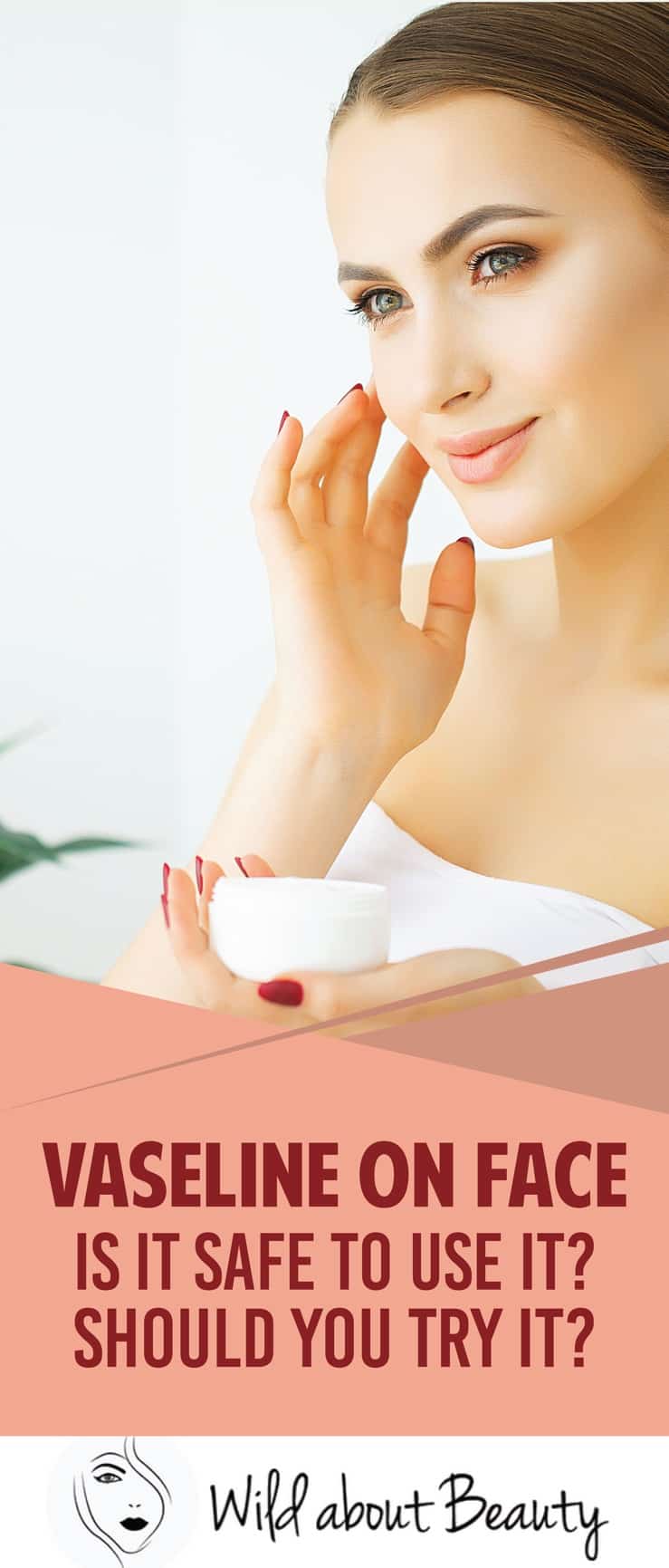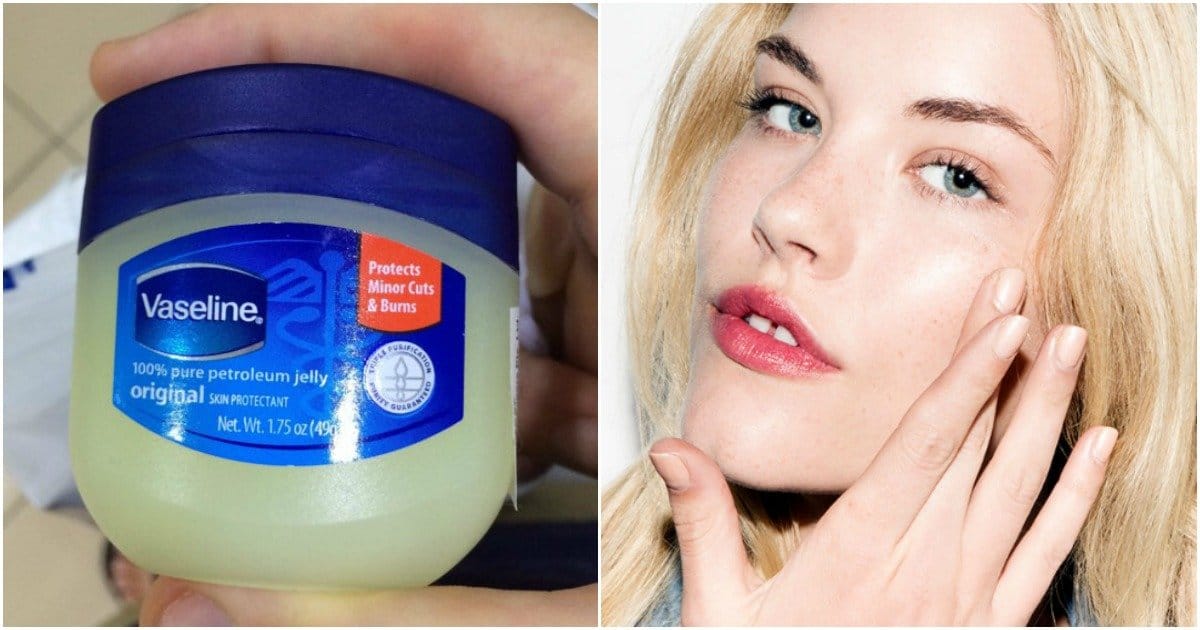Vaseline, a common household name in the realm of skincare, has sparked varying opinions among beauty enthusiasts. While some attribute their radiant complexions to this gelatinous substance, others blame it for skin issues like clogged pores and eye styes. What’s clear is that Vaseline is no stranger to controversy in cosmetic conversations.
At its core, Vaseline, or petroleum jelly, originates as a by-product from the oil refining industry, where it’s considered a nuisance due to its propensity to disrupt machinery functionality. Despite its humble origins, it has found a significant place in the market. When it comes to skin care, Vaseline acts as an occlusive agent, creating a protective layer that shields the skin against the environmental elements. This differs substantially from humectants that moisturize by drawing water into the skin. For optimal results, it’s suggested to apply Vaseline to a clean face at night, avoiding conflicts with the demands of daytime activities.
Chapter Overview
Why is Vaseline Gaining Popularity?
Vaseline, a brand of petroleum jelly, has cemented its position as a versatile skincare staple. Its rising popularity revolves around its ability to moisturize and heal various skin concerns, especially dry skin. As a powerful occlusive, it traps moisture, thus preventing water loss from the skin’s surface.
Many individuals integrate Vaseline into their skincare routines to address dryness and create a barrier against further irritation. It’s particularly hailed for its role in healing minor wounds and granting relief to chapped skin on heels, knees, and elbows.
For those with sensitive skin, Vaseline promises to prevent breakouts and aid in the treatment of acne, an attractive benefit that adds to its appeal. Here’s a glimpse at its applications:
- Hydration: Acting as a sealant to lock in hydration, it is an excellent addition for boosted skin health.
- Cost-effective: Unlike many specialized skincare products, Vaseline is accessible and budget-friendly, making it a popular choice for those seeking a cost-effective moisturizer.
- Nighttime Care: Used as a sleeping pack, it can hydrate the face overnight.
However, it’s crucial to note that opinions vary regarding its effectiveness. While some individuals find it indispensable for hydrating their skin, others argue that it can weigh down the skin, trapping bacteria and impeding the skin’s natural exfoliation process. Despite the debate, its multifaceted use and accessible nature keep it in high demand.
How Does It Feel?
When applying Vaseline to our face, we notice it behaves differently from typical lotions. It doesn’t absorb but forms a barrier on the skin. This sensation may be unexpected as we’re accustomed to creams that penetrate the skin, providing immediate hydration.
- Texture: Oily; forms a greasy layer.
- Sensation: Expect initial discomfort due to the lack of absorption.
- Hydration: Effective in locking in moisture, preventing dryness.
- Symptoms Relief:
-
- Soothes symptoms of dry skin by morning.
- May not alleviate dryness for everyone.
- Compatibility:
- Works for those with dry areas.
- Not suitable for oily or sensitive skin prone to acne.
- Beauty Routine:
- As a finishing step, it may enhance the glow of healthy skin.
- Not ideal under eye makeup or for shaping brows.
- Additional Benefits:
- Softens rough hands and soothes chapped lips.
- Can condition hair ends and eyebrows, reducing split ends and itching.
For nail care, apply around nails to combat dryness but be cautious, as it can feel too slick for some.
How To Use And Safety Precautions
When applying products like petrolatum-based occlusives, it is vital to remember their purpose and effects:
- Petrolatum (found in products such as Vaseline or Aquaphor) is designed to seal in moisture rather than provide it. Ideal for extremely dry areas like elbows, knees, and cracked heels.
- To avoid clogged pores, first, use a non-comedogenic moisturizer infused with active ingredients like peptides or hyaluronic acid, which can hydrate and help in wound healing.
- Layering guide:
| Step 1: Clean | Step 2: Moisturize | Step 3: Occlude |
|---|---|---|
| Clean skin with a gentle, non-comedogenic cleaner to remove dirt and makeup. | Apply creams or serums targeted for your skin type. | Use a thin layer of petrolatum to lock in moisture. |
- Use occlusive moisturizers sparingly to avoid breakouts, acne-prone skin should avoid frequent use.
- Dermatologist’s advice: Consult for personalized care for conditions like eczema, psoriasis, rosacea, and sunburn.
- For areas around the eyes, be cautious as the eyelids are sensitive. Do not let the product enter the eye to prevent irritation.
- In the event of scrapes, cuts, or burns, ensure the wound is clean before applying an occlusive to minimize water loss and speed up healing.
- Avoid daily use; alternate-day application or a three-night per week routine is recommended.
- Patch-test: Check for potential allergic reactions before full application, especially if you have sensitive or allergic reaction-prone skin.
By following these guidelines, occlusives like petrolatum can effectively enhance skin barrier protection and aid in healing, while minimizing possible adverse effects such as clogged pores or breakouts.


